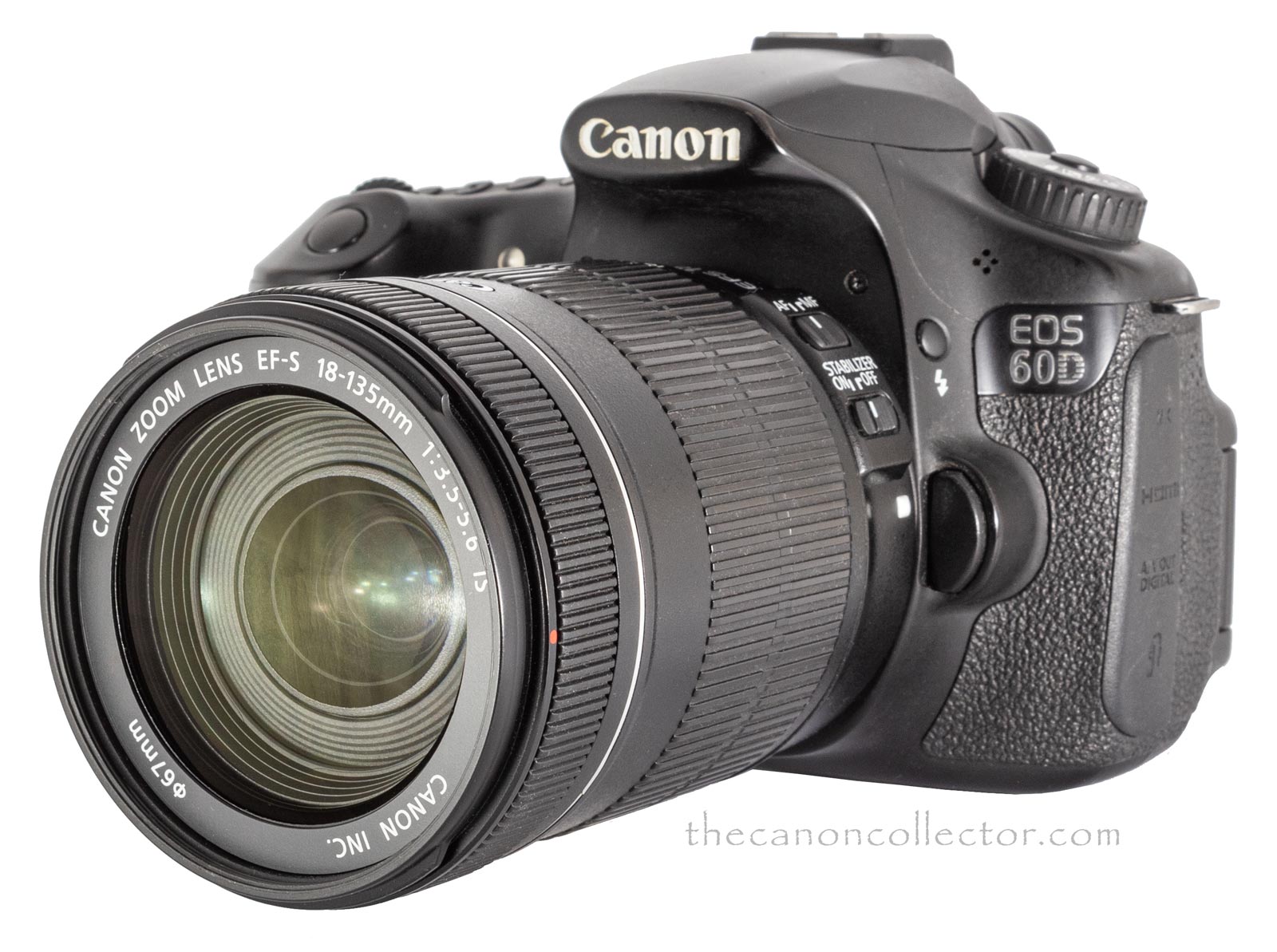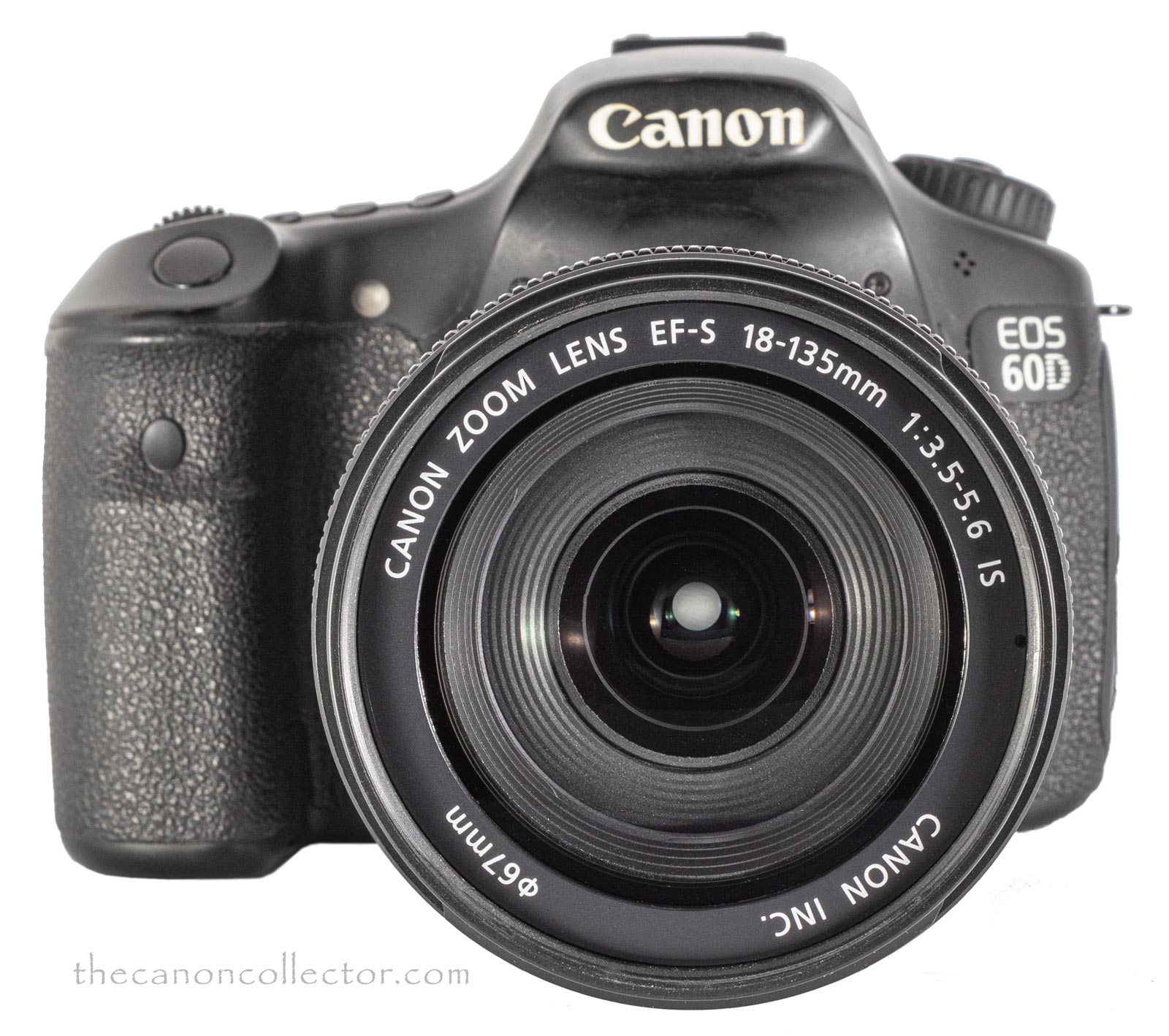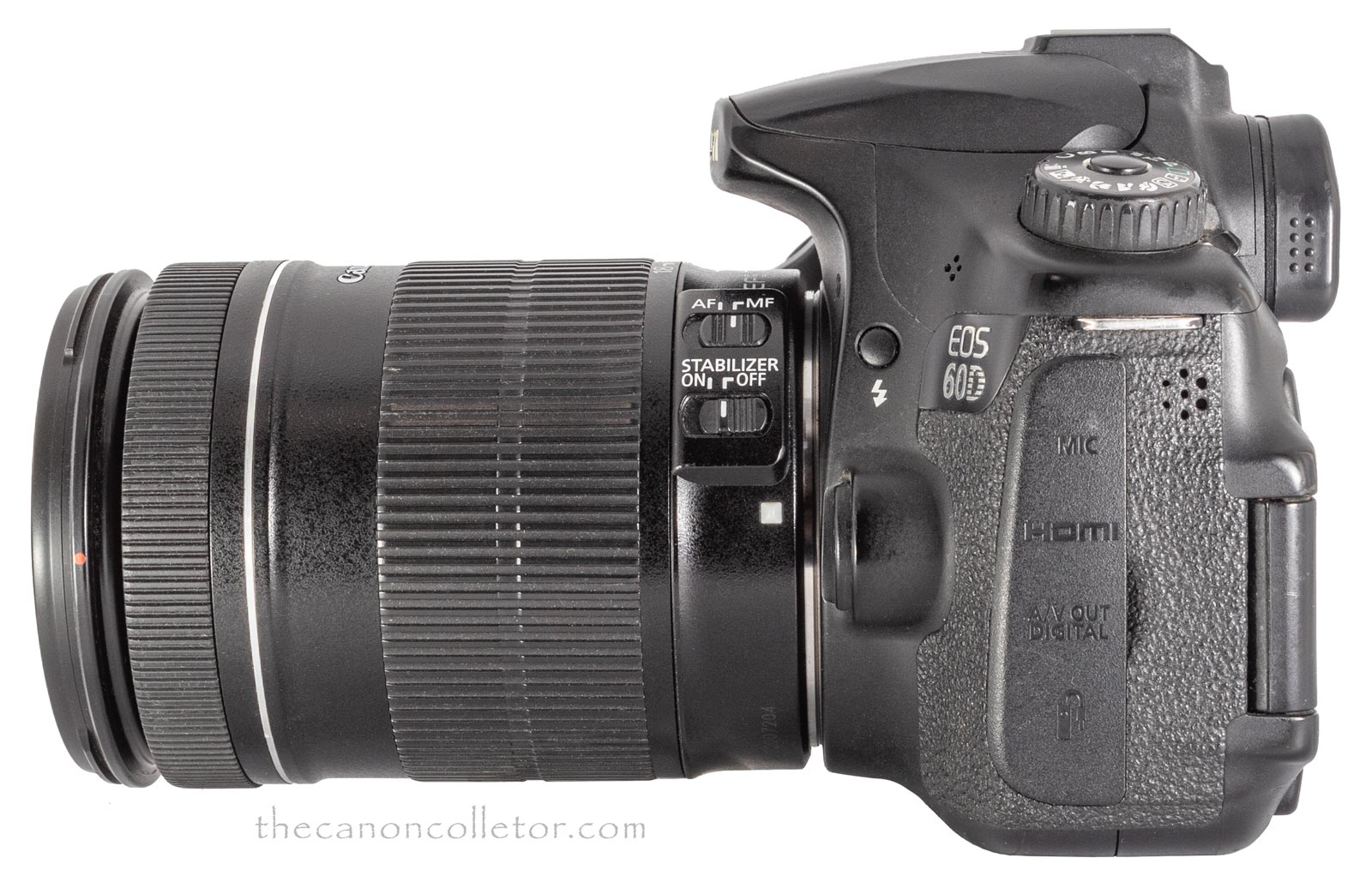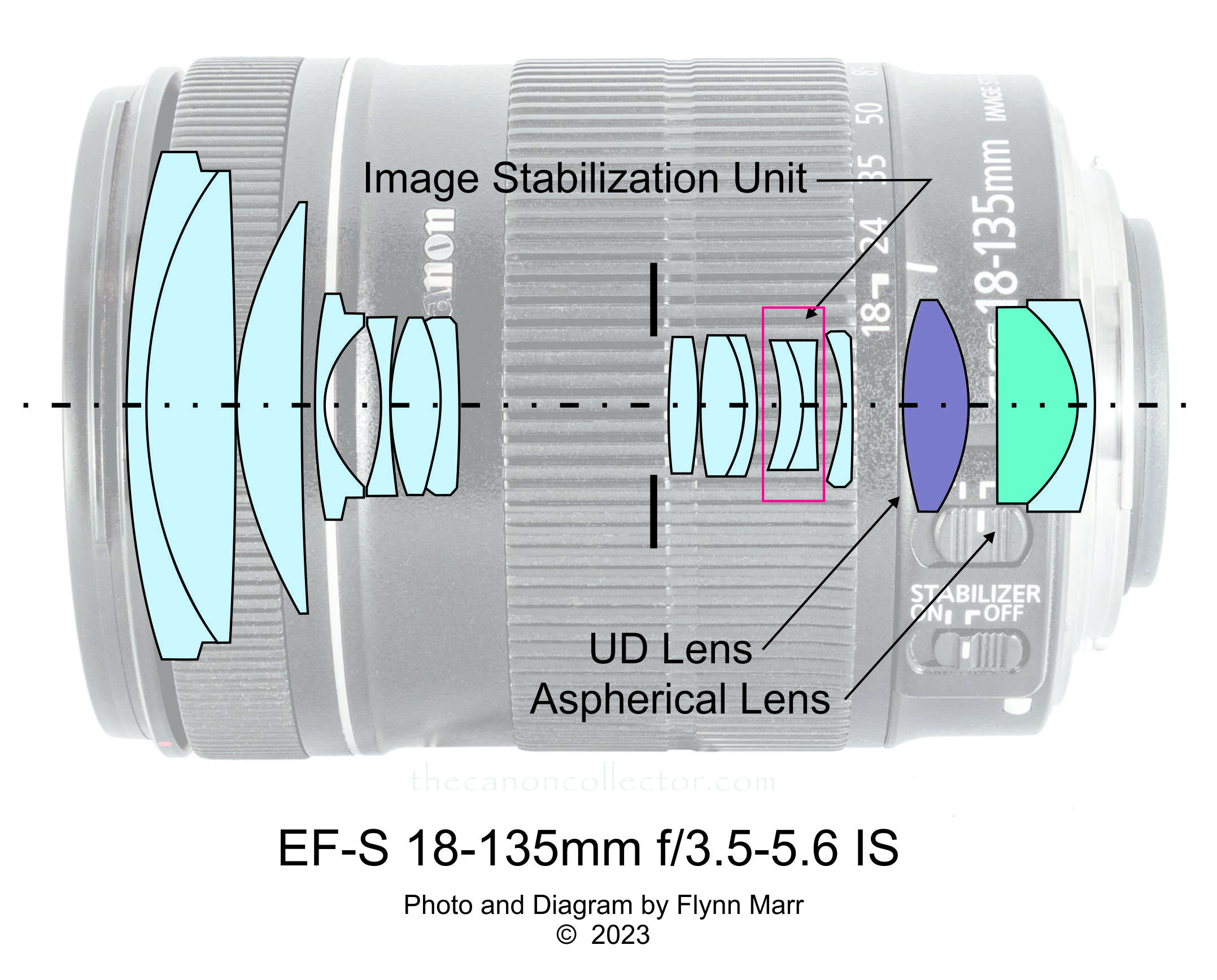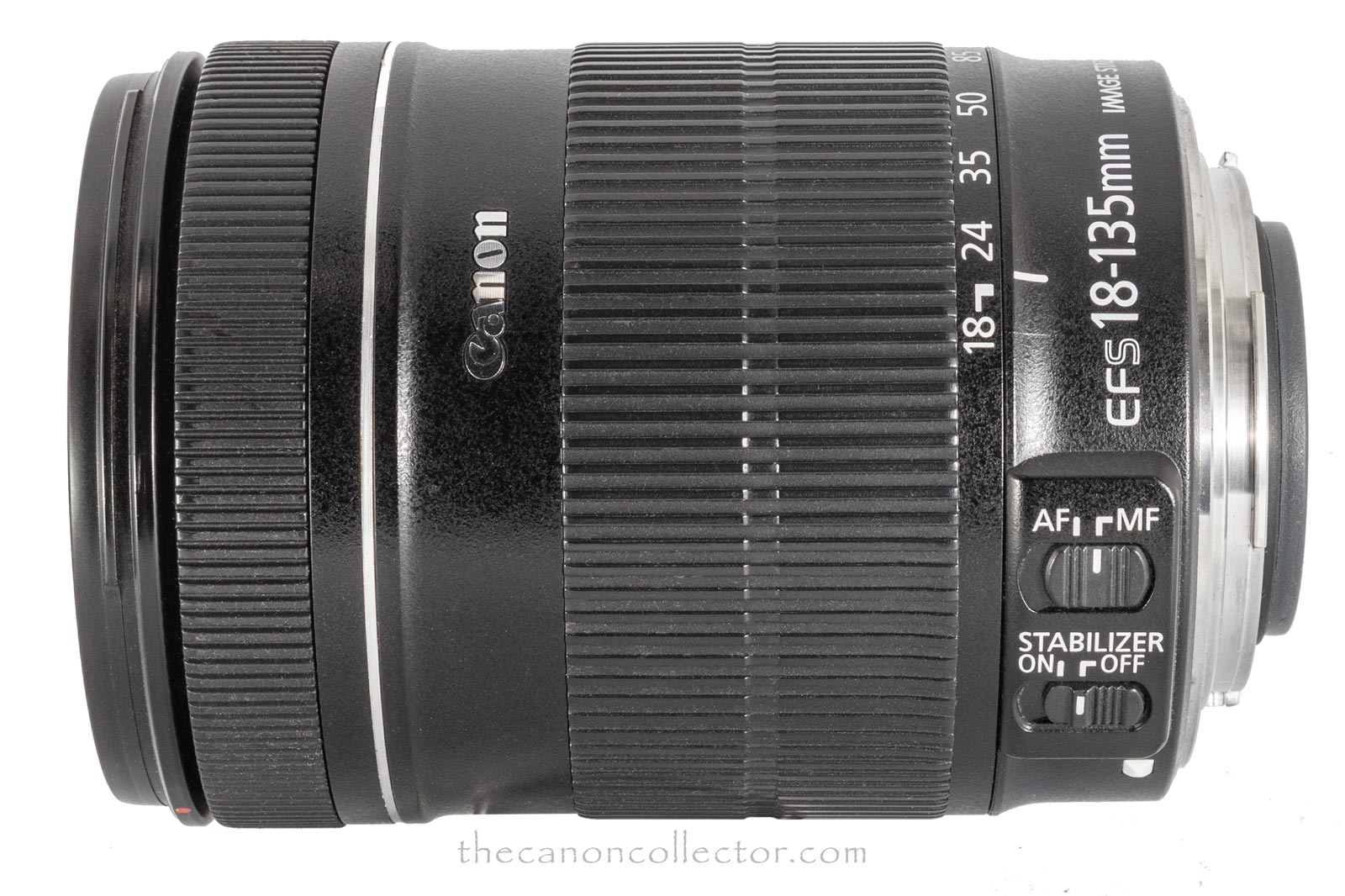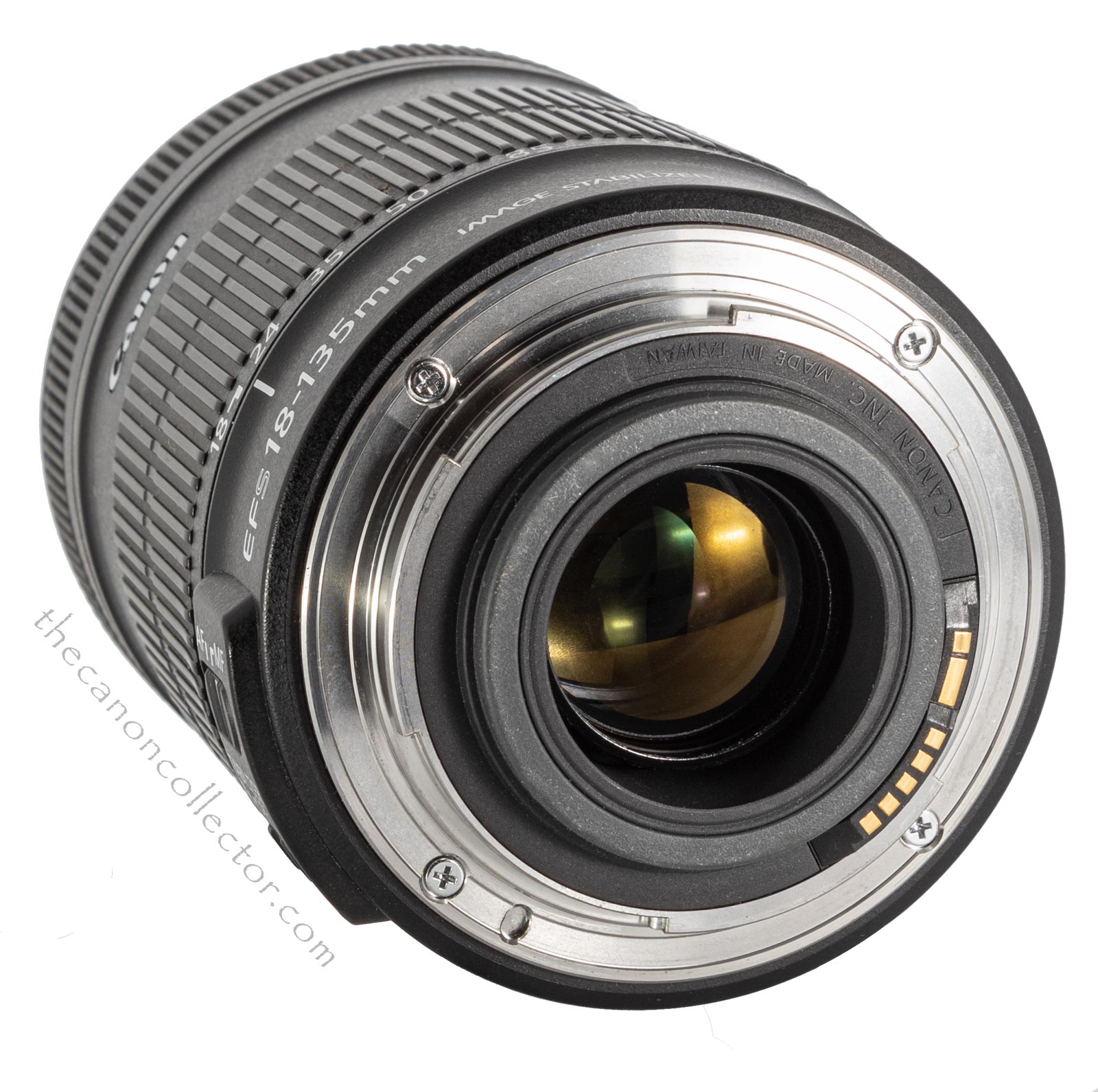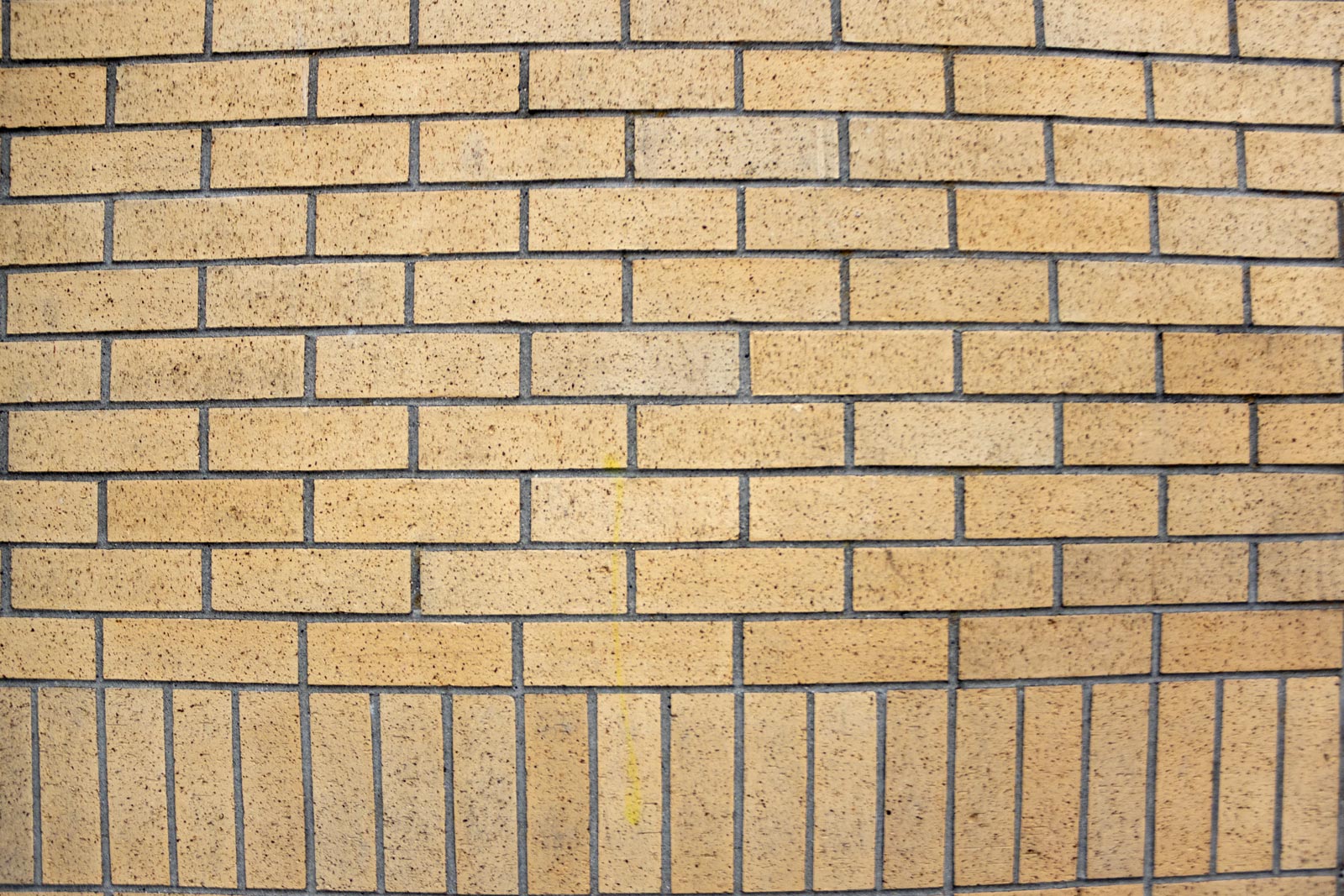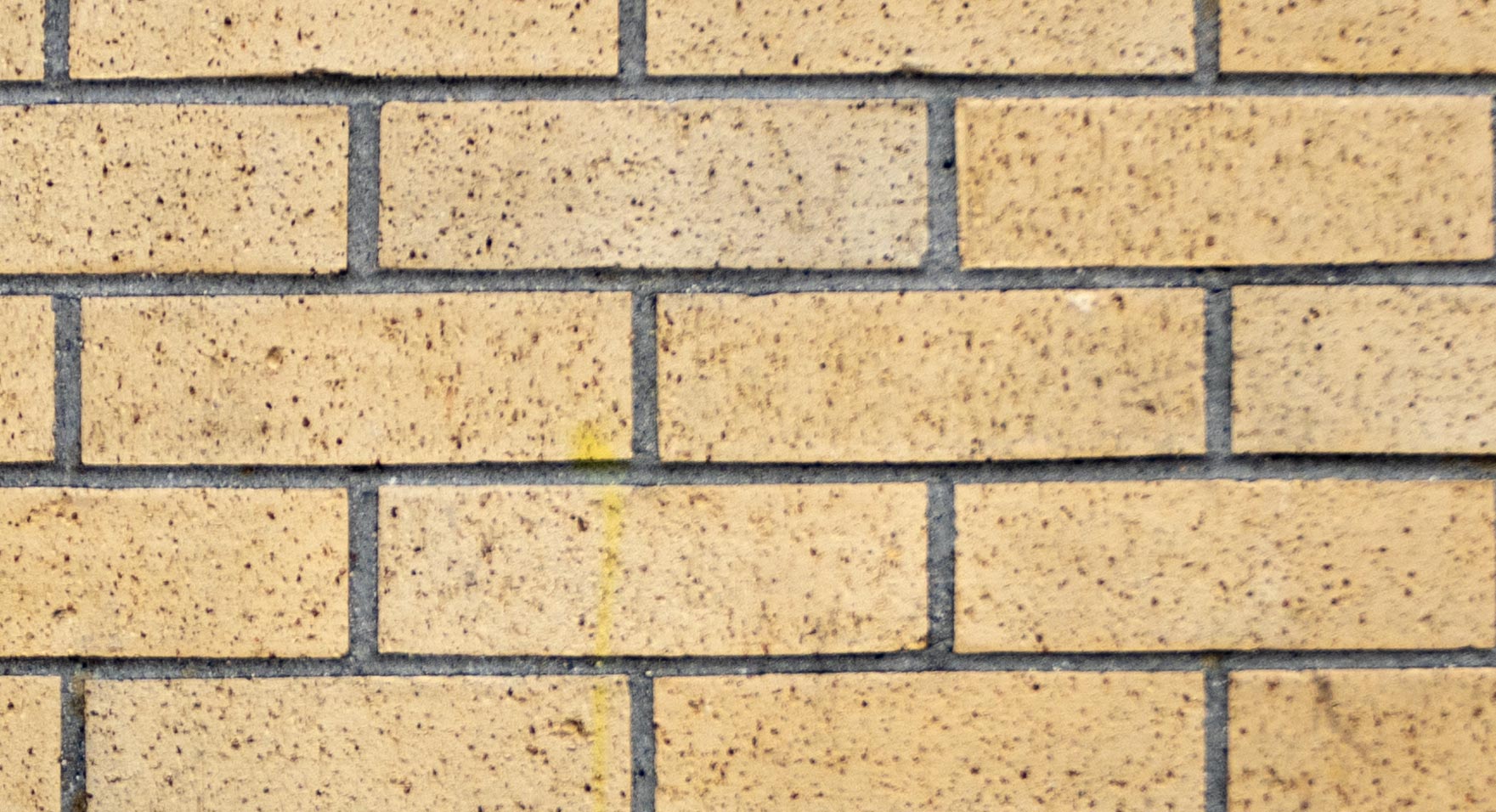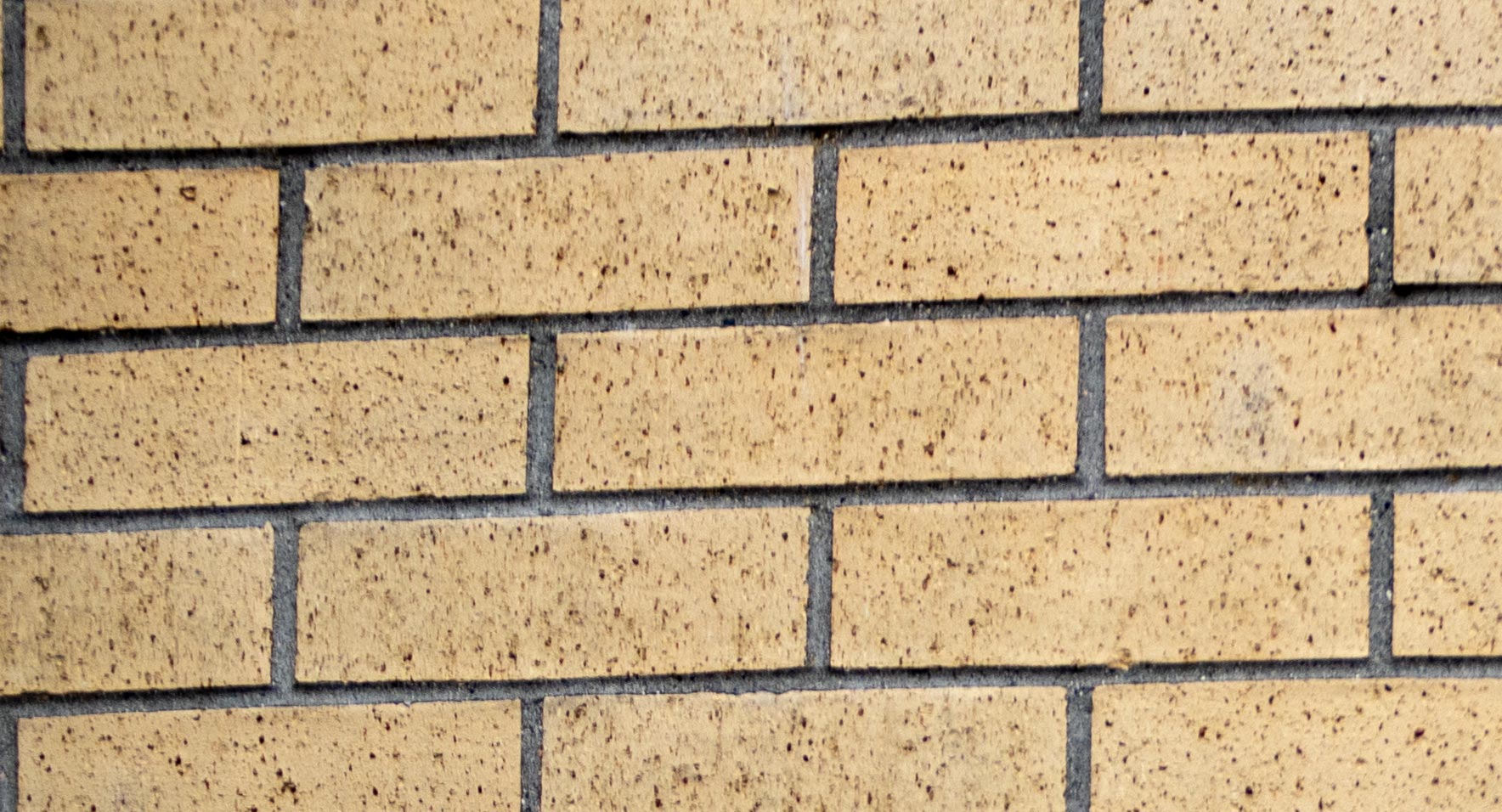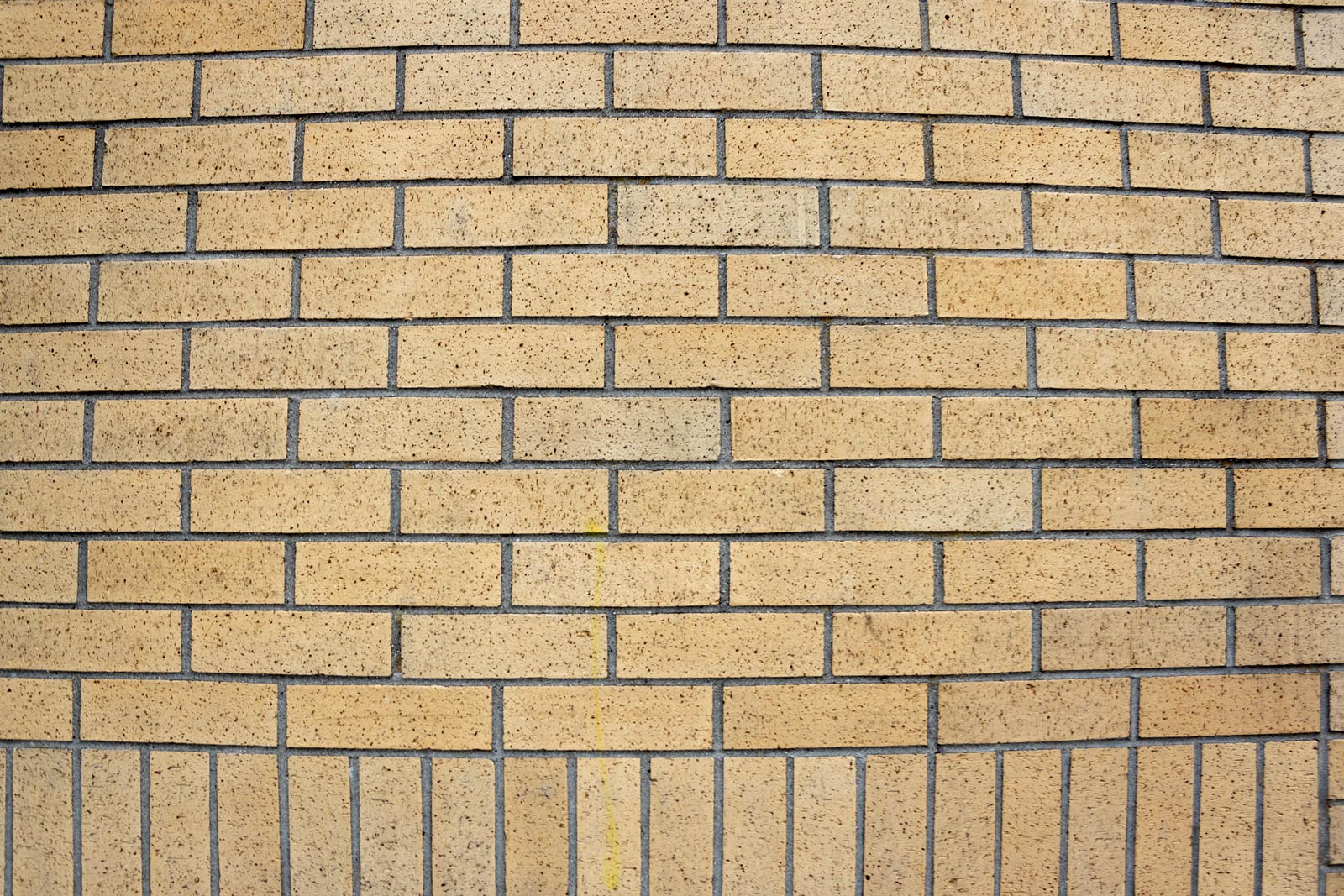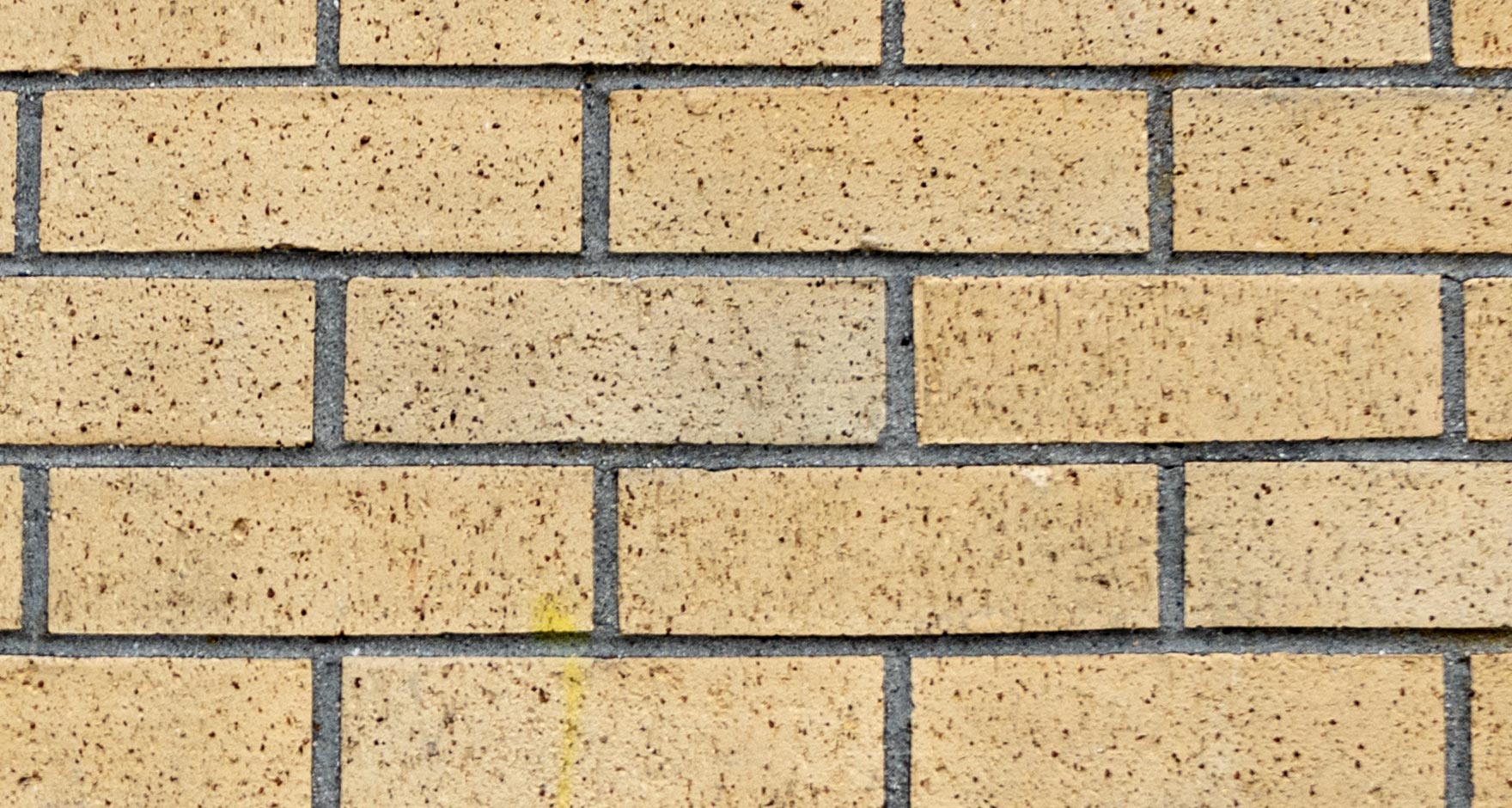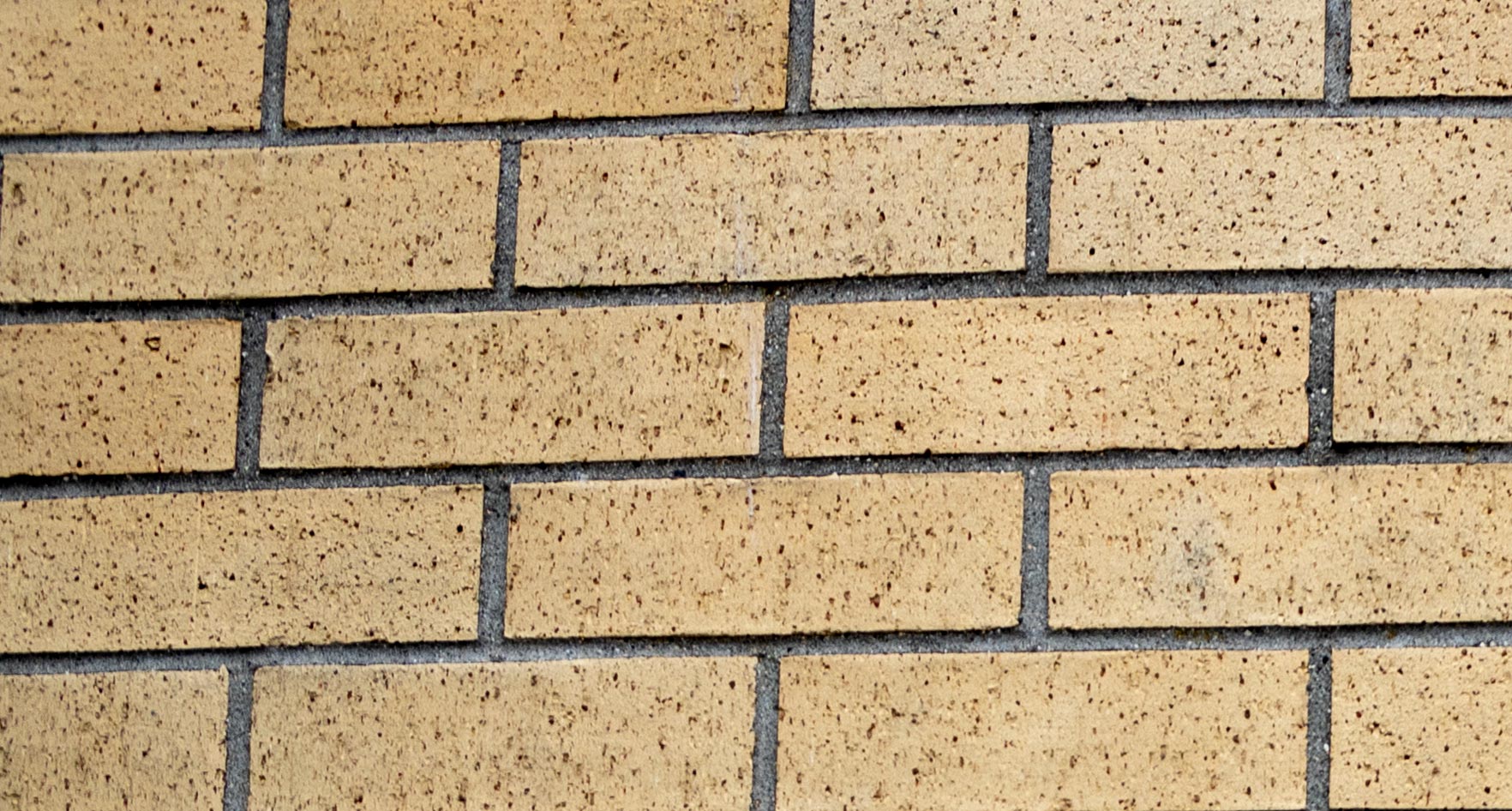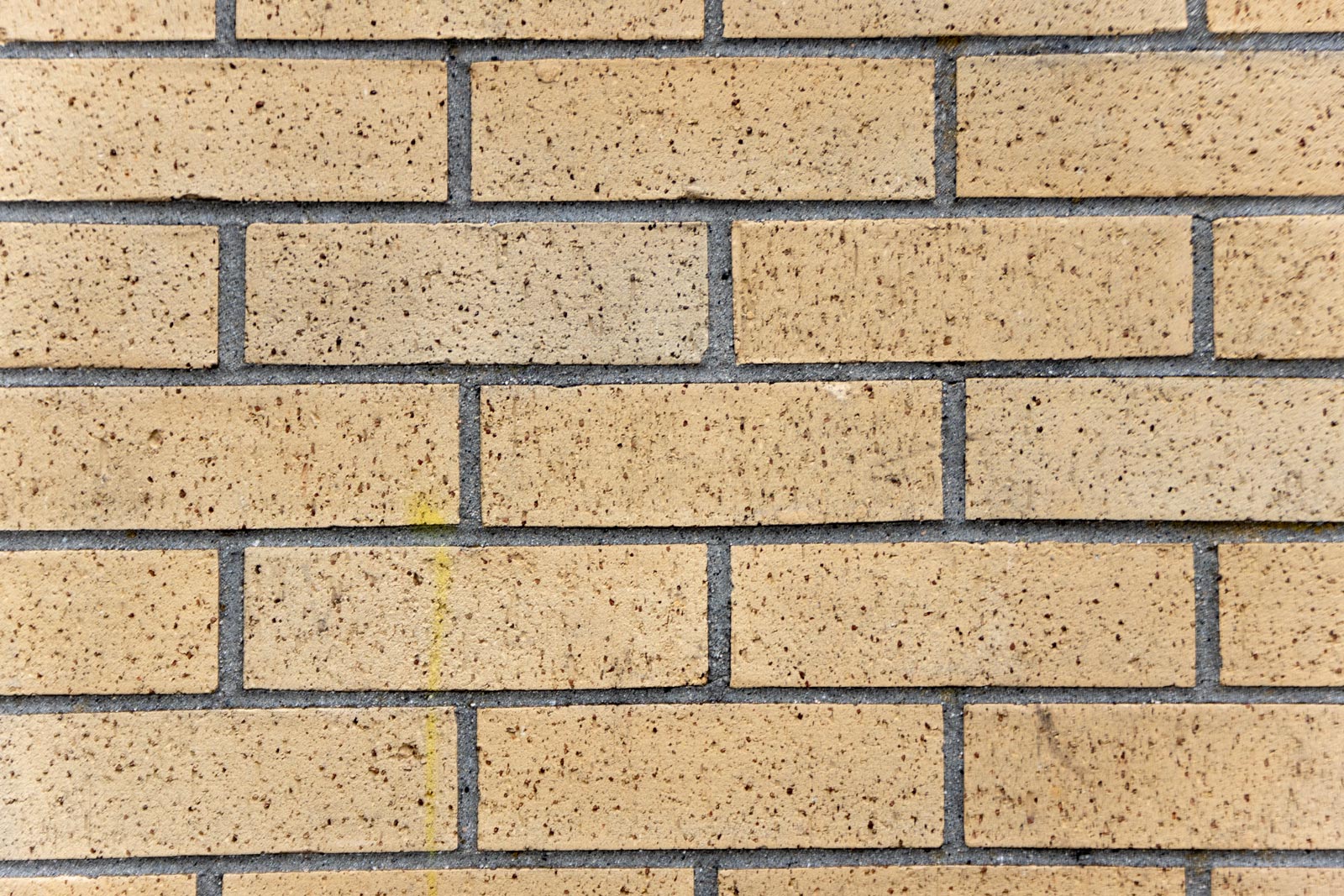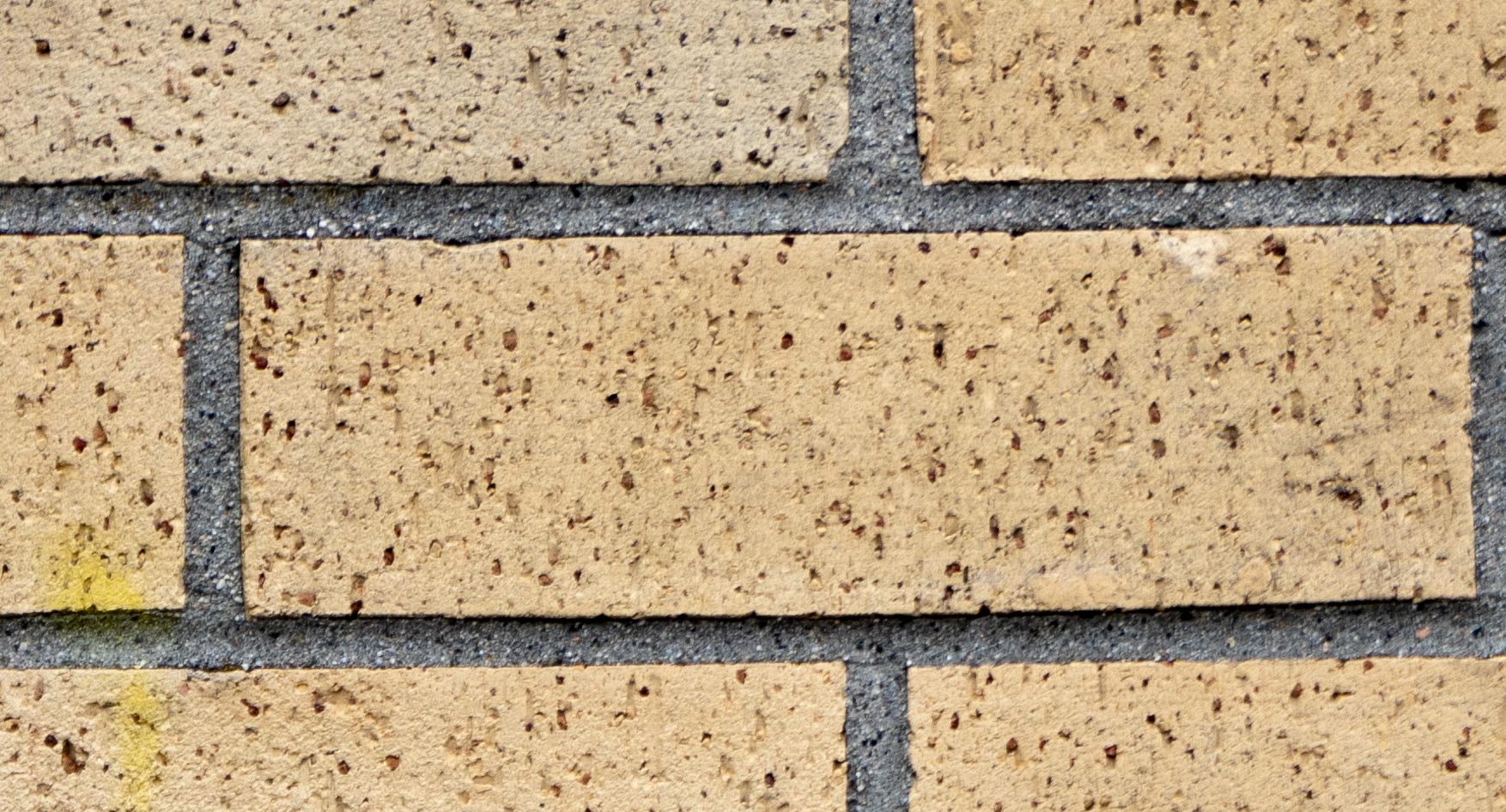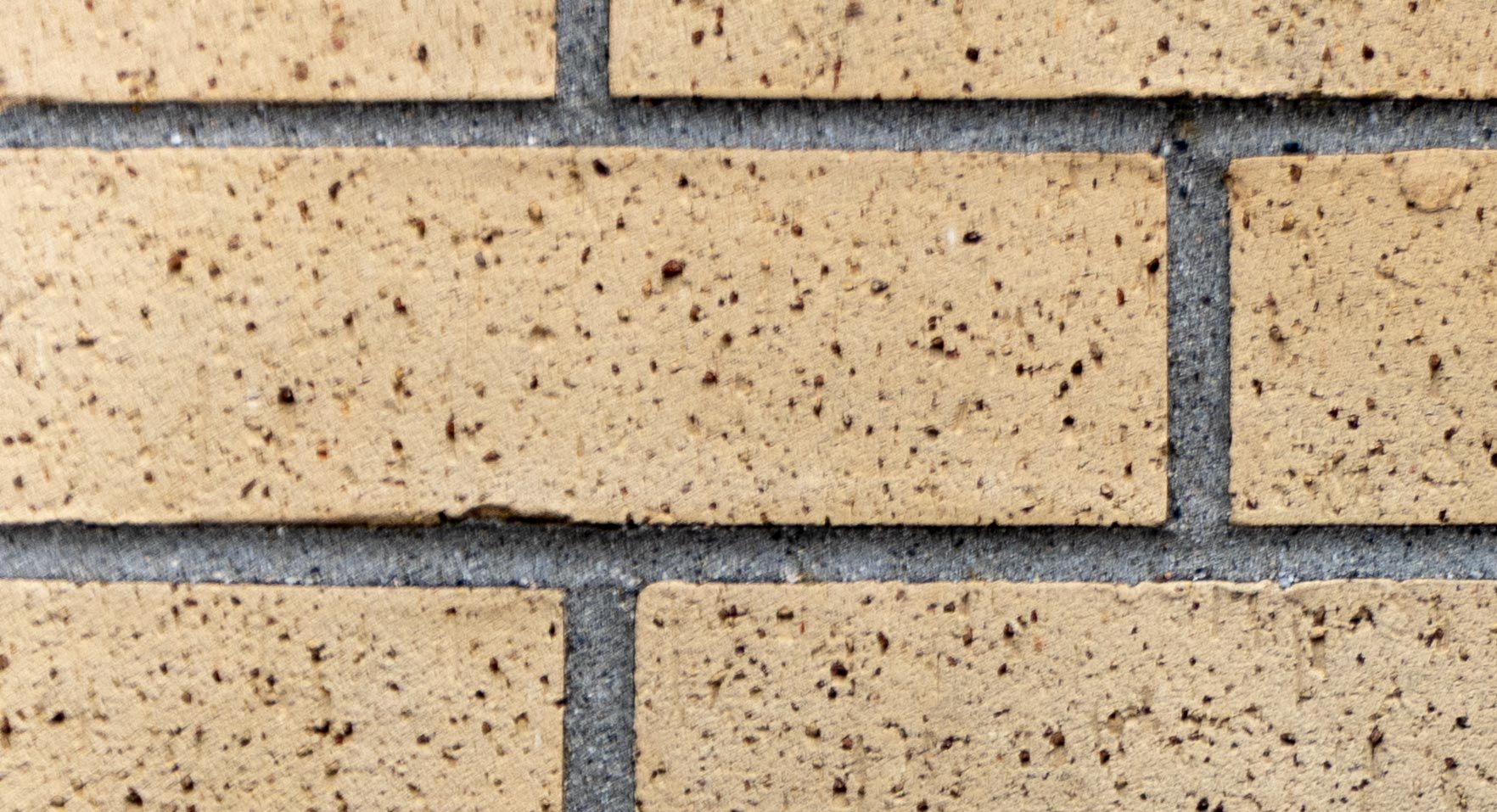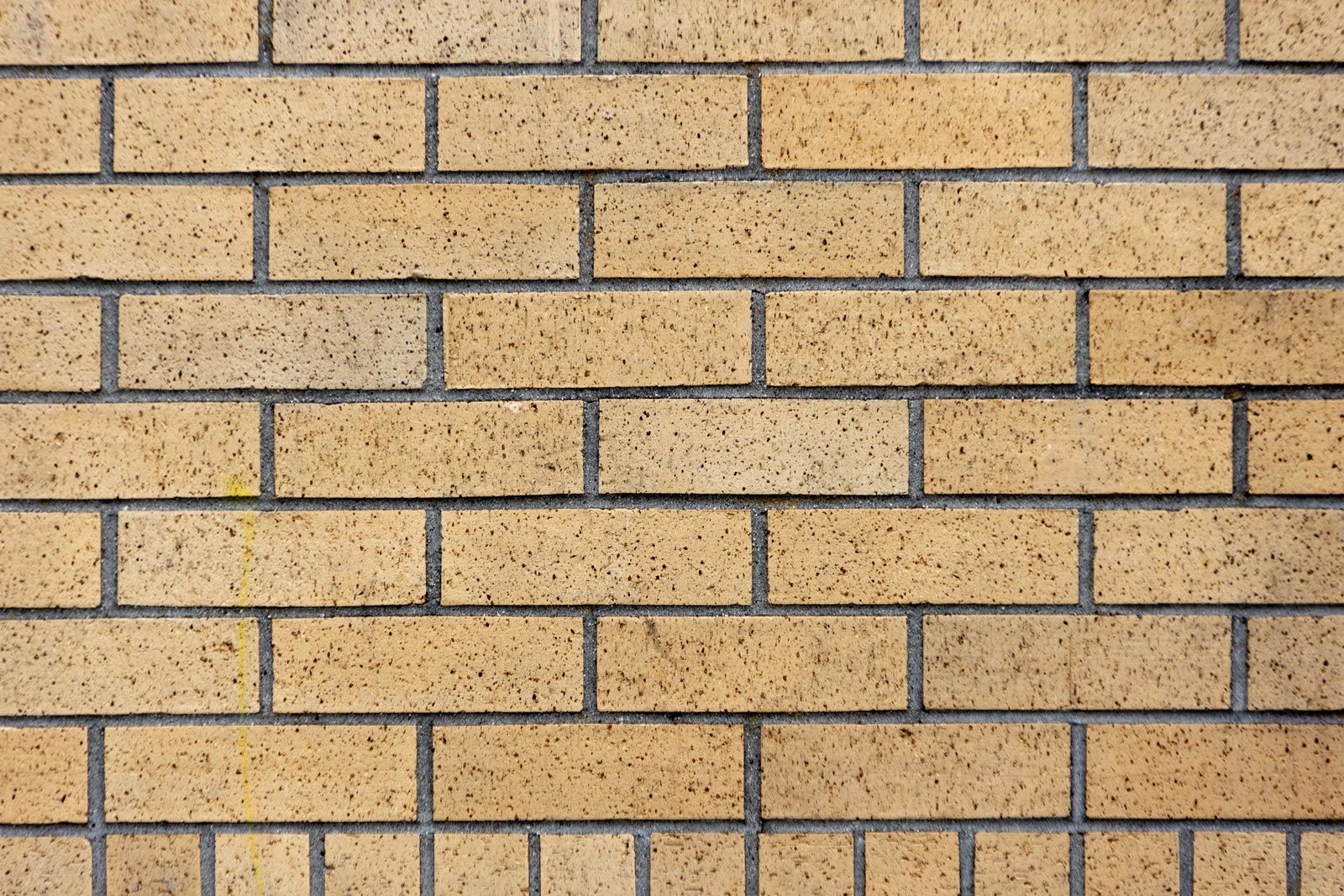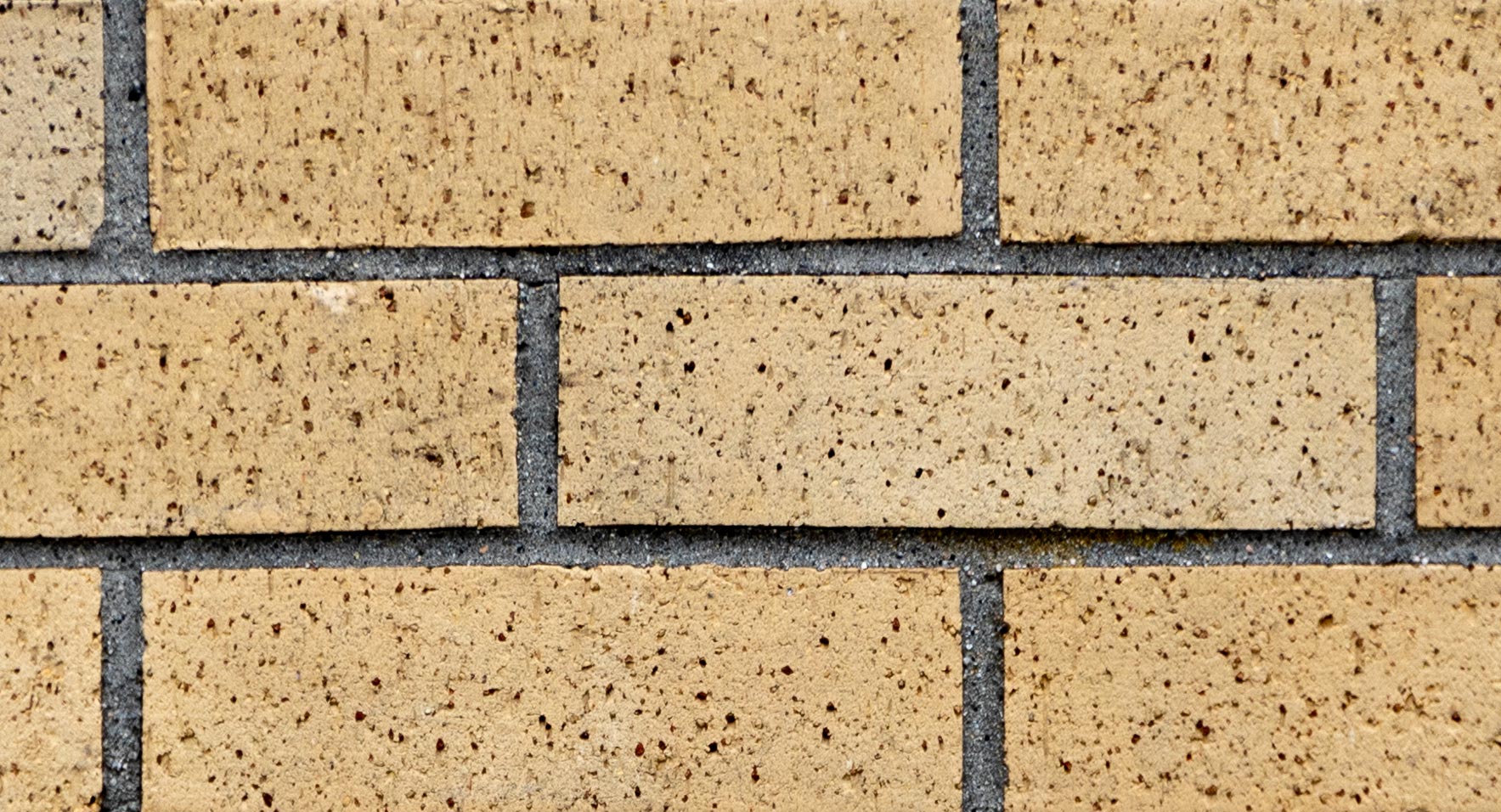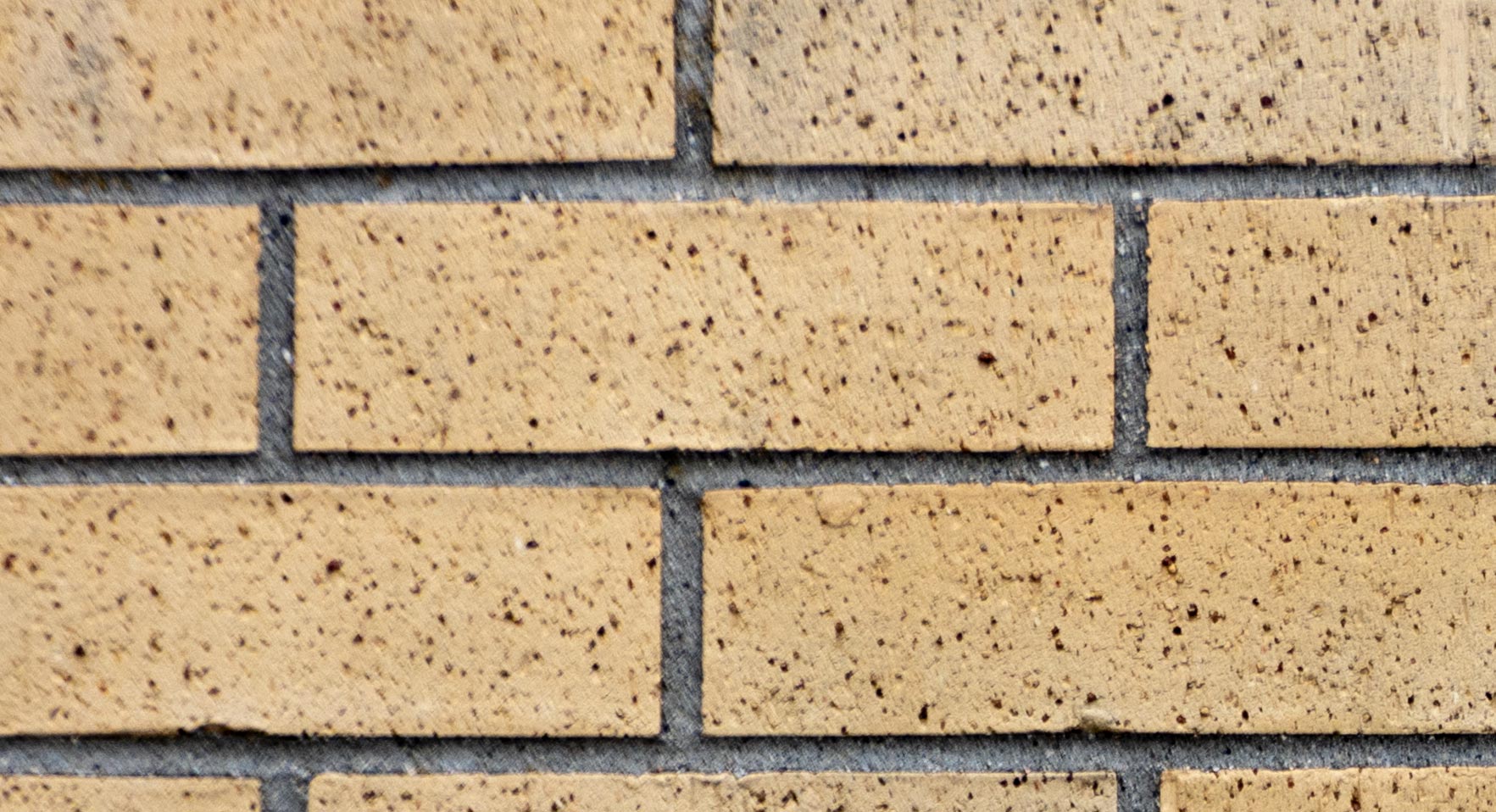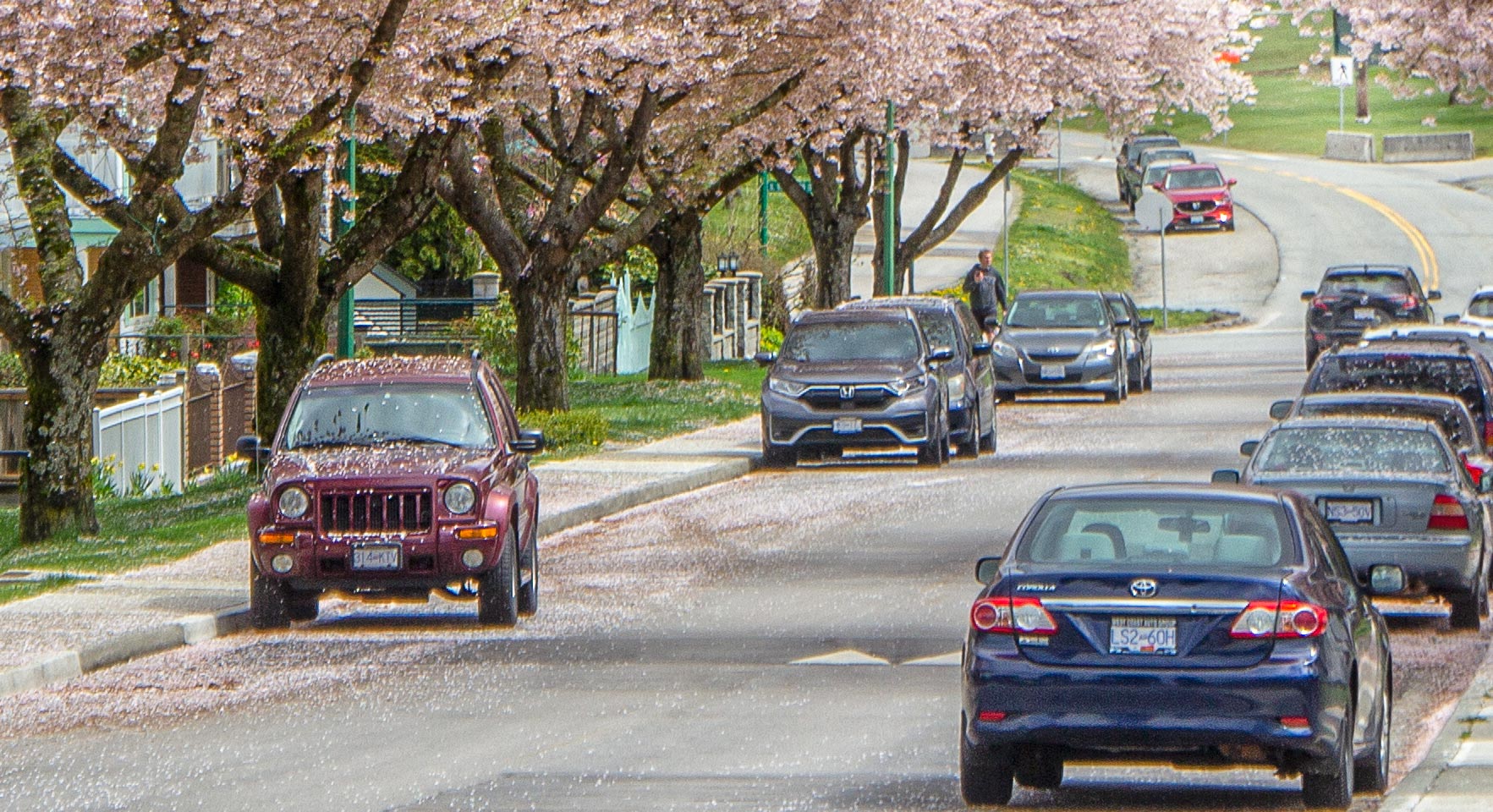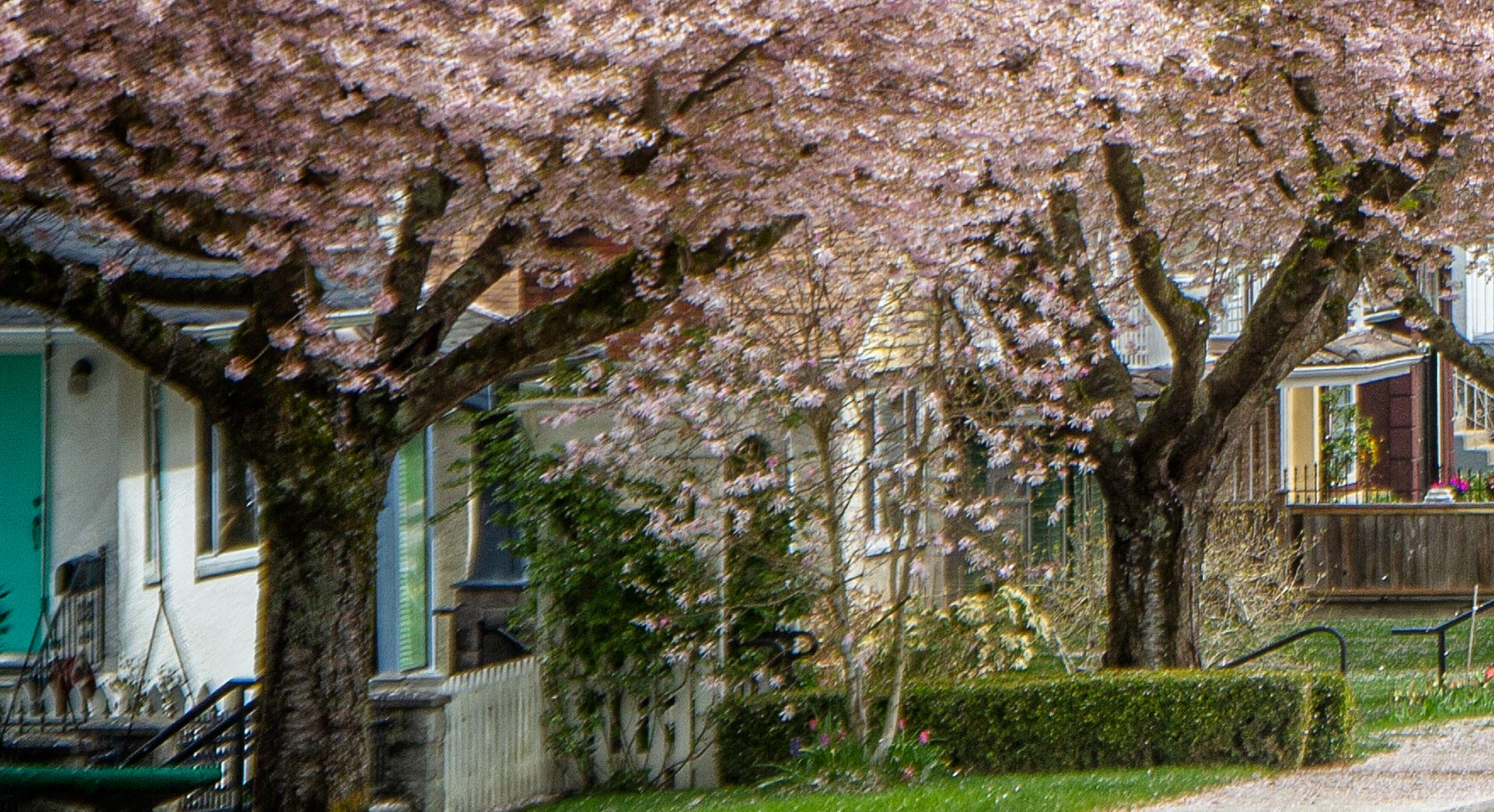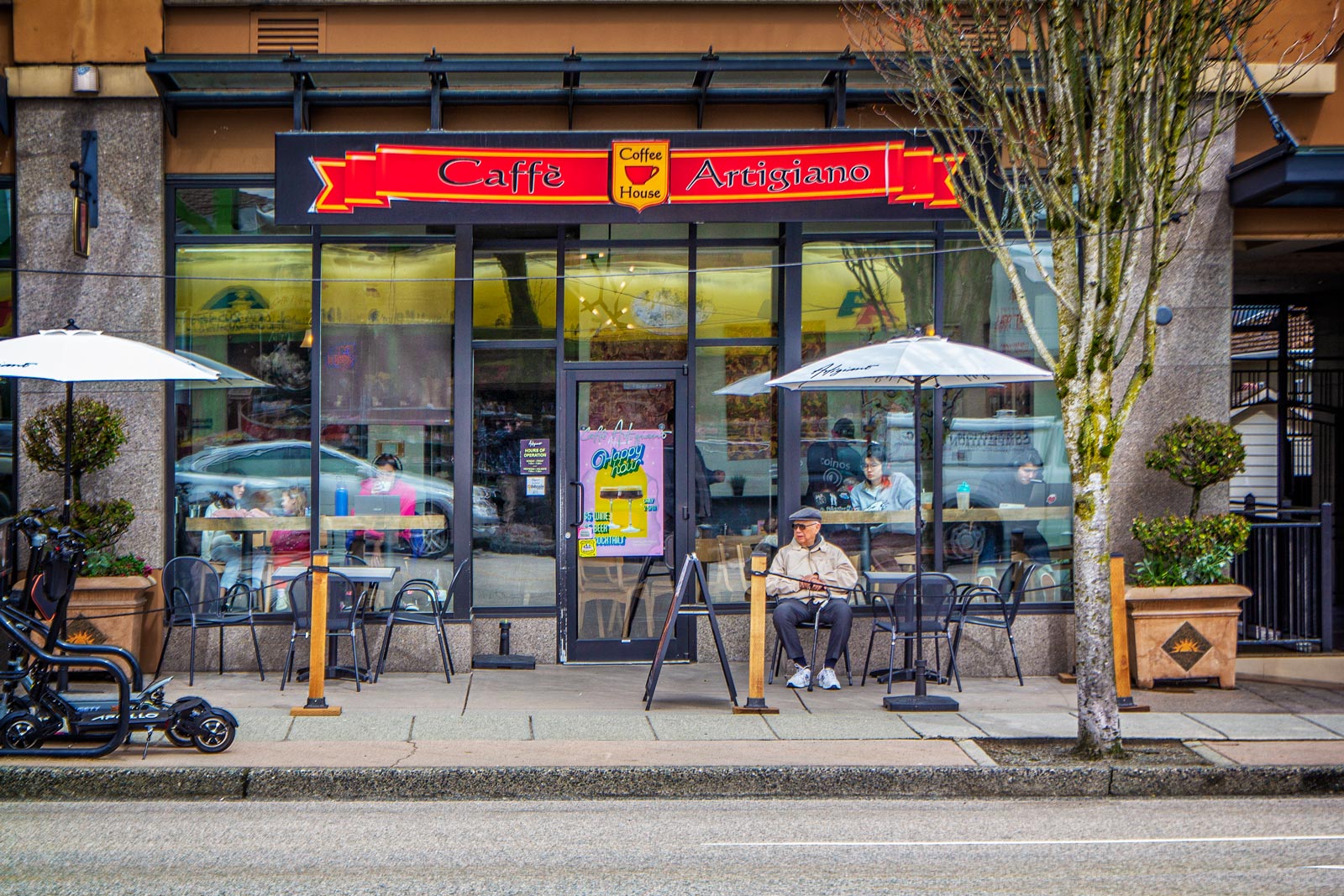This is my EF-S 18-135mm f/3.5-5.6 IS zoom lens mounted on a Canon 60D. The zoom range makes this lens very attractive as an all purpose walkabout lens.
EF-S 18-135mm
f/3.5-5.6 IS
Canon made three EF-S lenses with this very attractive zoom range. The first was this lens introduced in October of 2009 along with the 7D camera. It came to market priced at $499.99 USD.
The next was the EF-S 18-135mm f/3.5-5.6 IS STM introduced in June of 2012 along with the EOS 650D/Rebel T4i. Finally in February of 2016 we got the EF-S 18-135mm F/3.5-5.6 IS USM introduced at the same time as the 80D camera.
The lens is composed of 16 elements in 12 groups and it includes one aspherical and one ultra-low dispersion element. The iris has six blades and minimum f/stop is between 22 and 36 depending on the focal length and the filter thread on the front of the lens is 67mm. The 35mm full frame equivalent focal range is 29 to 216mm.
In keeping with the design of an all around walkabout lens this one is very light. There is an extensive use of plastic parts but the lens mount itself is metal. The body is longer than a standard 50mm lens but because of the weight it balances well on the front of a camera and is easy to carry around all day.
At f/3.5 this is not a “fast” lens but that is not a problem for me as most of my pictures are taken outdoors at f/8 or f/11. And of course, the faster the lens the larger the
lens elements and the greater the weight. You do not want a walkabout lens to be heavy or large. So, all things considered, f/3.5 is just fine.
I got my 18-135mm lens on a camera I bought on-line. It seemed to have three problems which may have contributed to the low price. The lens barrel extends as you zoom out and the barrel seemed very loose. Secondly, there was a large piece of dirt on an internal lens element probably left over from the lens assembly. And finally, the lens would not open to more than f/5.6.
I got my screwdrivers out and began to disassemble it to find the problem. But note, do not do this unless you are comfortable with fine equipment work and have the right tools. And keep notes! Remember that disassembly will eventually require reassembly! Anyway, I opened the lens as far as I was comfortable going.
I checked all the screws and fastenings and everything was tight. I think the loose barrel is intentional to be sure that the parts move easily. I did not get into taking the actual lens elements out so I could not remove the piece of dirt. But, it was not large enough to affect the image quality. I did find that one of the electrical contacts had accumilated a bit of fluff under it which interfered with the electrical contact. I removed that and suddenly the lens would open to f/3.5. So that problem was fixed. And on reassembly, the lens was woring fine.
The serrated ring on the left end is the focus ring and the wider one near the center is the zoom ring. The lens has two switches that turn focus or image stabilization on or off.
Shooting with the EF-S 18-135mm Lens
We can discuss this lens all we like but it all comes down to asking about how good the pictures are. I put my lens on my Canon 60D which I bought new several years ago and which I love and still use to this day. All of the 18 mpx images below are from this camera.
When evaluating a lens we have to keep in mind the state of lens development generally at the time and the market segment being addressed. It makes no sense to build in quality that is not being paid for or is not going to be appreciated by the target consumer.
We can shoot all of the brick walls we like and see all of the distortion and blurry edges but remember that in normal real world photographs these defects usually count as for nothing. Often we take the time in Photoshop to blur the edges and add a vignette. Sometimes a less expensive lens can be the right lens.
And speaking of brick walls, let’s look at a few.
18mm
At 18mm this lens has a few problems. On the left is the full frame at 18mm f/5.6. You can see the barrel distortion and a small amount of vignette. Both of these problems can be corrected in photoshop if necessary. Looking at the image at 100% magnification, the center, in the center above, is reasonably sharp but the upper left corner, on the right above, is really soft. Focus is poor.
Still at 18mm, if we stop down to f/8.0 the improvement in sharpness is substantial. However, the barrel distortion appears unaffected. But remember, in most real world images this will not be apparent unless you are taking pictures of architecture or similar geometric scenes. At 100% the center is obviously sharper but the upper left corner is still a problem. A bit sharper but still poor. Going to f/11 did not substantially change things.
50mm
At 50mm images at f/5.6 show considerable improvement over 18mm. Barrel distortion is almost gone and sharpness is improved. At 100% magnification, the upper left corner of the image degrades quickly. As you might expect, stopping down to f/8.0 or more the image becomes very good although the corners are still noticably soft.
135mm
And finally, at 135mm f/5.6 the barrel distortion is gone. Center sharpness is good. However, in the upper left corner the brick in the corner is really soft. I stopped down to f/8 and f/11 and center sharpnes became really excellent but the upper left corner remained very soft. Overall, corner sharpness on this lens is not good.
Now that we have an idea of the lenses weaknesses, what kind of images can we get with it? The pictures that follow have been processed as I would any others. This includes sharpening, improving colors, application of vignettes etc. All of the things I would normally do.
This is the center of the above image at 100% magnification. In the center the sharpness holds up but it is soft. If this were a more expensive lens, or an L series, it would still be razor sharp.
From this little test we can see that this is not a lens for critical work such as landscapes or architecture. However, for less critical work where emphasis is on the center of the image, such as flowers, children, portraits generally, this lens could be a reasonable choice. And when we remember that the target audience is the entry level user or advanced amateur, it does not look so bad. This is a lens I use when I don’t want to carry the size and weight of “L” quality glass.
Pictures of flowers usually emphasis the center of the image, such as in this picture of a new poppy flower. Notice that the corners are not really important to this image. The corners can be blurred or vignetted and it actually enhances the subject. There are no bad lenses, only bad choices of lens.
This image showed some barrel distortion which I corrected in Photoshop. I then added a vignette, enhanced the colors, and adjusted the contrast. Again, the sharpness in the corners is not really relevent. The subject is the cafe and the old gentleman sitting in front. You can actually see the deterioration of the image in the corners but it does not seem to matter.
So that is the 18-135mm EF-S lens. In the wrong application, not a great lens but in the hands of someone who understand it this lens can be a useful tool. And it can take a beautiful image.
This website is the work of R. Flynn Marr who is solely responsible for its contents which are subject to his claim of copyright. User Manuals, Brochures and Advertising Materials of Canon and other manufacturers available on this site are subject to the copyright claims and are the property of Canon and other manufacturers and they are offered here for personal use only.

